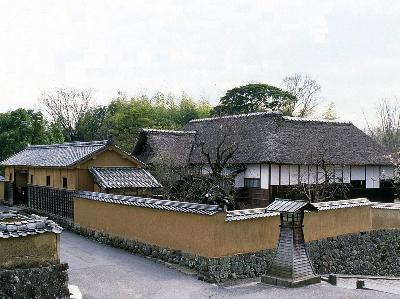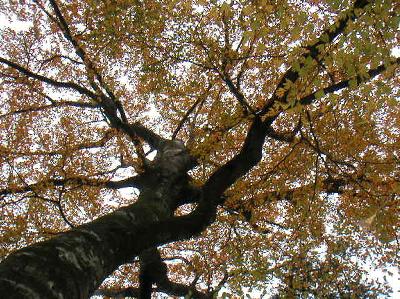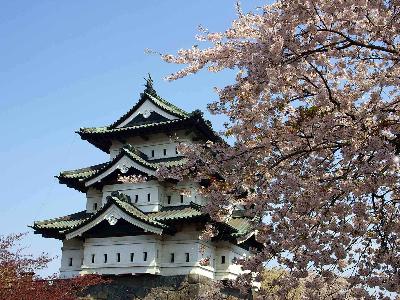|
Ohara-tei is a mansion that belonged to the Ohara clan, the high-ranking chief retainers of the Kitsuki Domain. It is one of the best samurai buildings of Kitadai, Oita Prefecture.
The oldest record of Ohara-tei mentions that Aikawa Tozo lived here in the Horeki period (1751~1764). Later, Oka Saburozaemon named this building 'Keikaro' but he left, then the building was used for samurais. After the Bunsei period (1818~1830), the Ohara clan lived here.
Ohara-tei is valued as the most formal mansion of its kind in Kitsuki. It is distinguished by the dignified gate with row houses on both sides, subtle entrances, thatched roofs, a separation between the drawing room and living room; as well as a shikidai, an entrance for high-ranking persons.
Its neat garden and big pond make us feel that this is an unusual samurai dwelling.
The oldest record of Ohara-tei mentions that Aikawa Tozo lived here in the Horeki period (1751~1764). Later, Oka Saburozaemon named this building 'Keikaro' but he left, then the building was used for samurais. After the Bunsei period (1818~1830), the Ohara clan lived here.
Ohara-tei is valued as the most formal mansion of its kind in Kitsuki. It is distinguished by the dignified gate with row houses on both sides, subtle entrances, thatched roofs, a separation between the drawing room and living room; as well as a shikidai, an entrance for high-ranking persons.
Its neat garden and big pond make us feel that this is an unusual samurai dwelling.
| [+ADDRESS] | 
|















